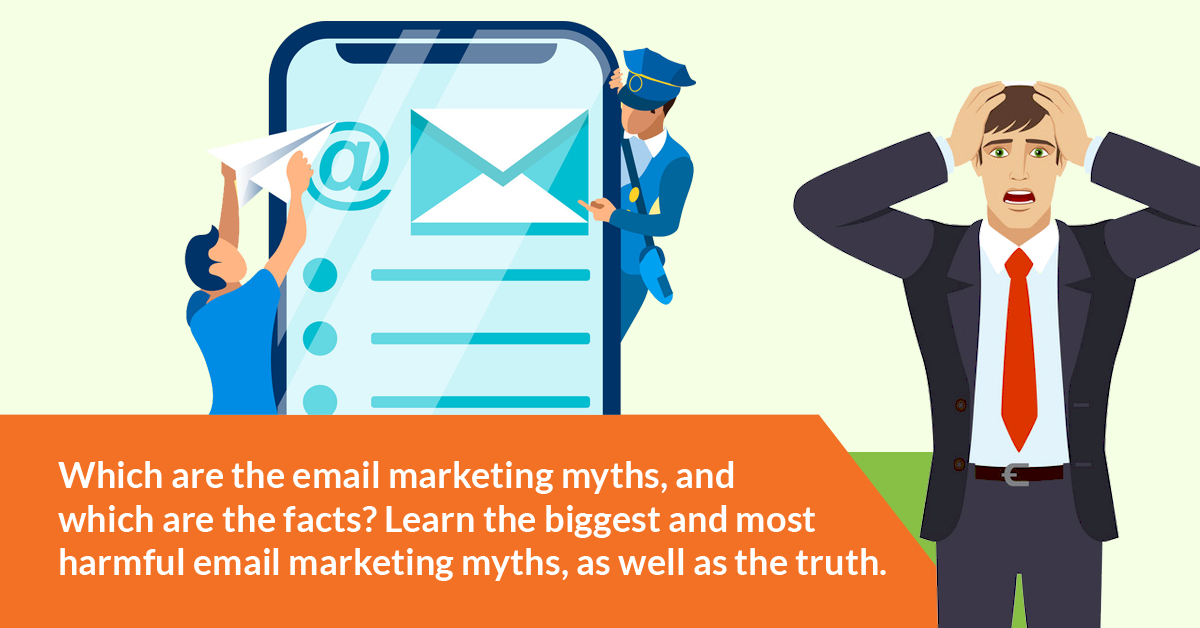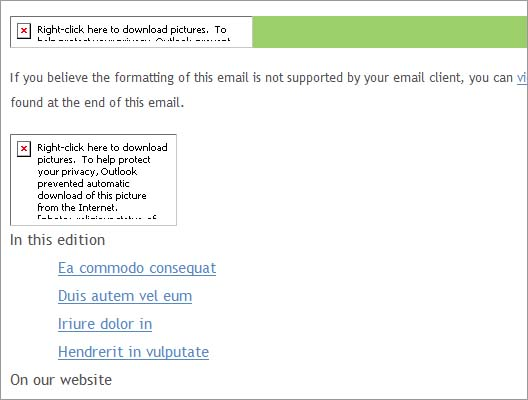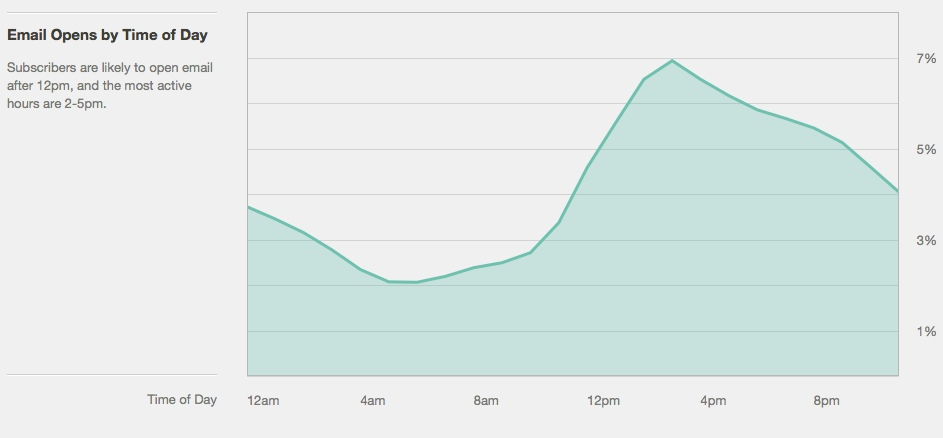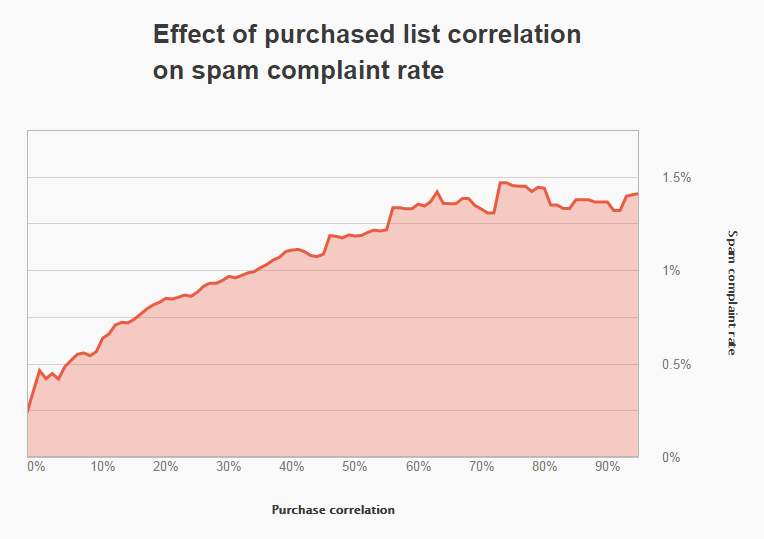
With so much email marketing advice on the internet, sometimes the “facts” contradict themselves.
So which are the email marketing myths, and which are the facts?
We wanted to bust these misconceptions once and for all. Here are the biggest and most harmful email marketing myths, as well as the truth.
The More You Send, The More They Ignore
This would only be true if you’re doing something ridiculous like sending them more than once a day, every single day.
It’s simply not true to say that more equals means less opens.
In fact, according to this great Hubspot Infographic, sending 4 emails in a month can double sales, as opposed to sending 1 email per month.
ALWAYS Use Short Subject Lines
Most email marketers will agree that the length of the subject line alone has a big influence on how many people will open it.
This isn’t always the case.
Short subject lines are better for certain industries, while longer ones (70 characters or more) do better in others.
That’s why it’s important to test different methods.

Emails with Images Get More Click-Throughs
Does a big eye-catching image in your email mean your subscribers will click through to your website?
Only sometimes. Again, it depends on the subject matter.
Many of your subscribers might even have images in their emails blocked by default — 60% of your subscribers, to be more exact.
This doesn’t mean you shouldn’t use images at all.
The best way to remedy this problem is to use alternative text with each image. This is the text that will show up in place of the image.
That way, your reader will know to click on it.
Monday Morning is the Best Time to Send Emails
You might have heard someone say that Monday mornings are when most people are checking their inboxes.
Of course you need to know when most people open emails, so yours won’t get buried.
Here are real results:
- Monday – 10.4%
- Tuesday – 10.7%
- Wednesday – 10.7%
- Thursday – 9.4%
- Friday – 10.3%
- Saturday – 9.4%
- Sunday – 8.5%
Be sure to keep an eye on your own open rates, and send out on the days that see more opens on average.
As for the time of day, a survey conducted by Mail Chimp uncovered that more people opened their emails between 12 PM and 4 PM, with a peak around 2 PM.

If You Leave Out Trigger Words, Your Emails Won’t Be Marked As Spam
Trigger words are words like “Free” and “Sex” — words that are often associated with actual spam emails.
There are actually many ways for a perfectly good email to end up in a spam pile.
The main contributor is poor sender reputation.
You can get a poor sender reputation by…
- Unethically acquiring email contacts (adding them to your list without their consent. See the graph below.)
- Sending off-topic emails
- Continuously sending to “inactive” subscribers
Using trigger words in your subject lines is just a small contributor in what can land you on the email naughty list.
How to help prevent your messages from getting marked as spam:
- Clean out email addresses that haven’t opened an email from you in over 6 months.
- Segment your list to keep the messages relevant to their specific needs.
- Use relevant and high-quality lead magnets to get high-value subscribers.
- Don’t use a “no-reply” email address.

(Graph from Mail Chimp)
Here are the “trigger words” to avoid:
- Mentions large sums of money
- “Breakthrough”
- “Urgent”
- “money-back guarantee”
- “!!!!!!!!!!!!!!”
- ALL CAPS
- Includes sloppy HTML coding – usually happens when converting a word file to HTML
- Is one big image – because filters can’t read images, they assume spammers are trying to trick them.
Avoid Making Hard Sells
You definitely should tell your subscribers about new products and new offers.
How else are you going to make sales?
This is one of the worst email marketing myths — that you should only send them informational messages and not urge them to make a purchase at all, or hardly ever.
Sending them a highly personalized, high quality message is one thing, but it definitely should contain a call to action to tell them to take advantage of an offer.
There isn’t always a solid “yes” or “no” — that’s why keeping an eye on your own metrics is so important.
What works for one business might not work so well for another.
Keep an eye out, because we’ll be following up with more ways to make sure your subscriber list stays healthy, strong and growing!
